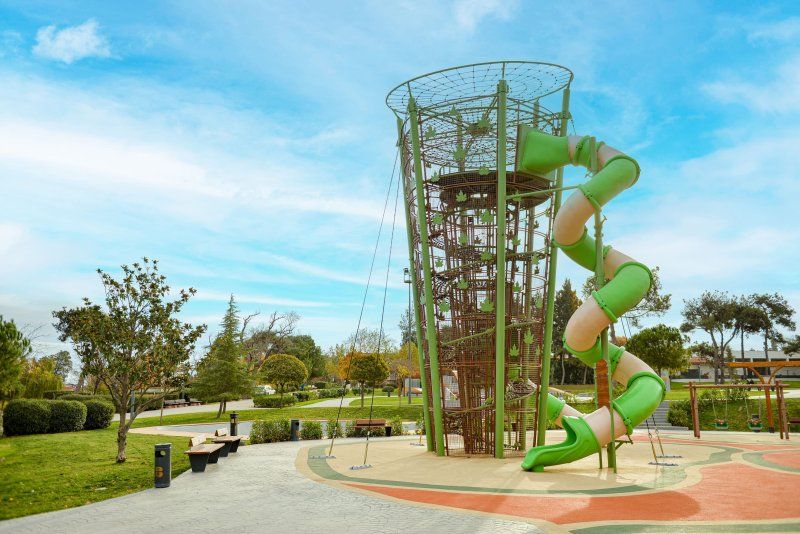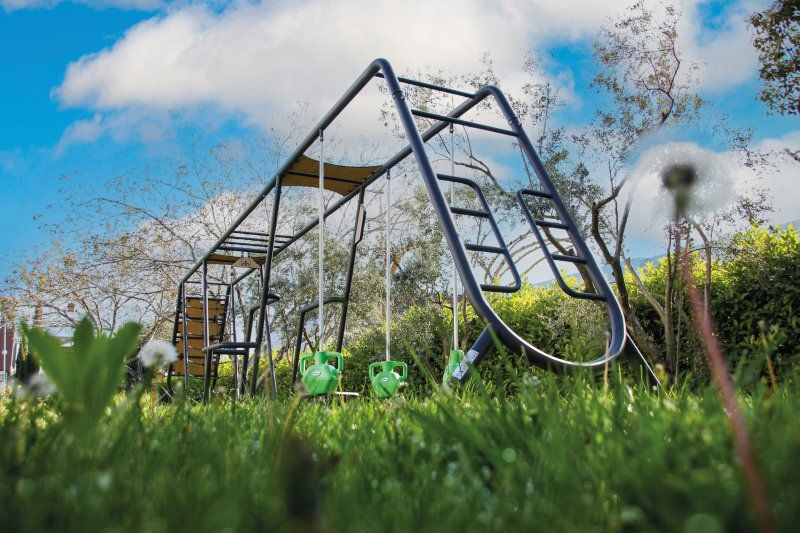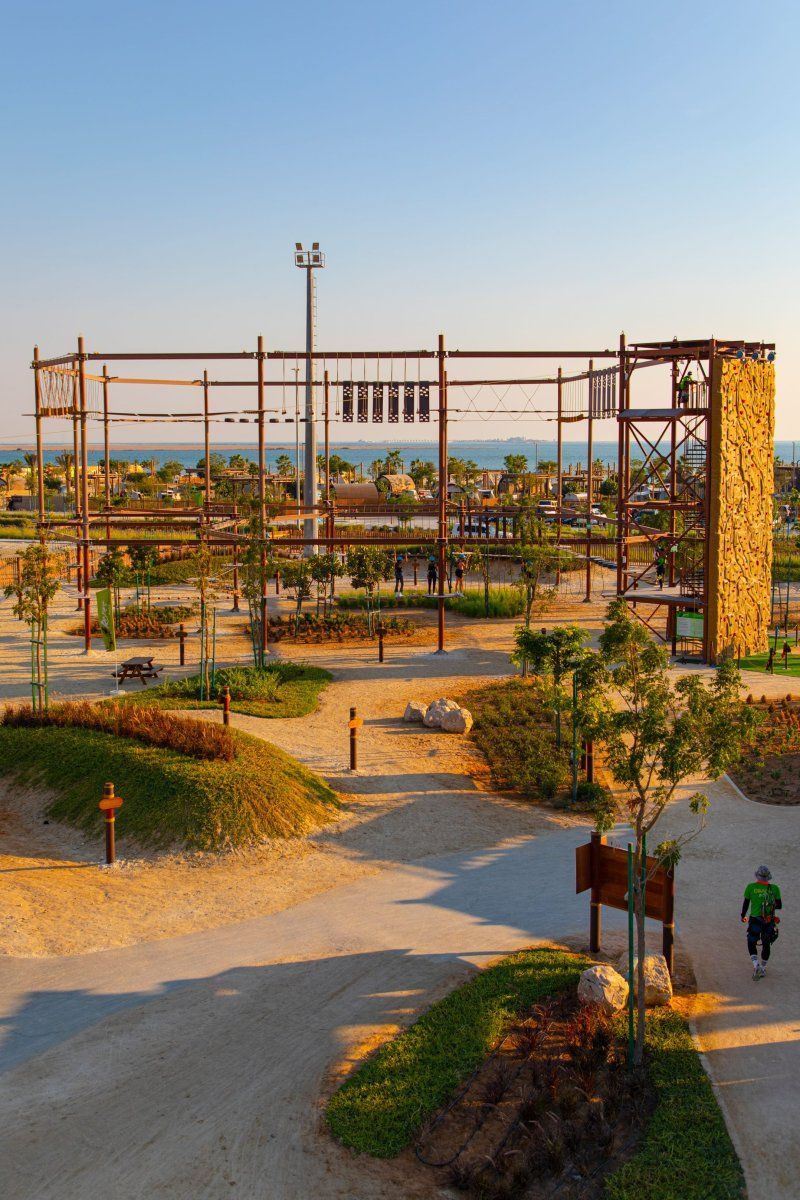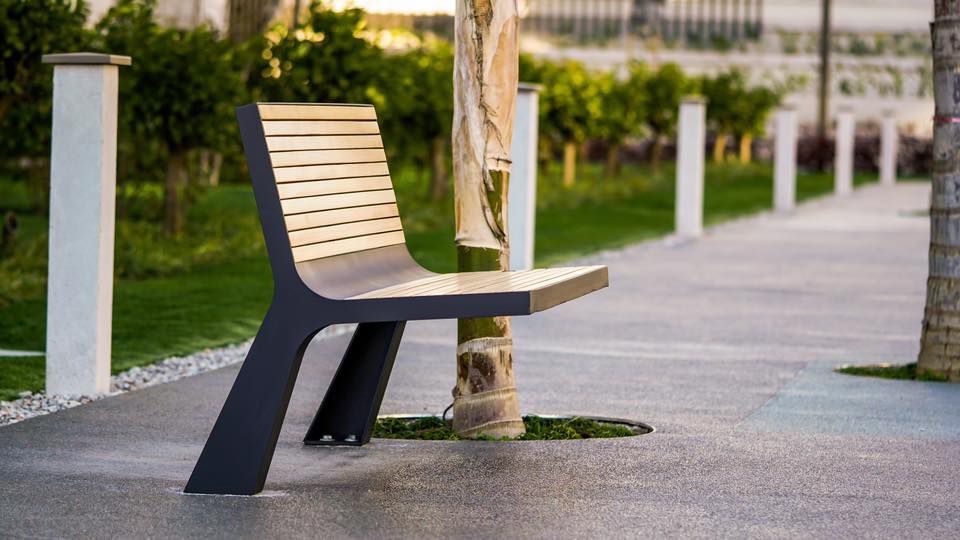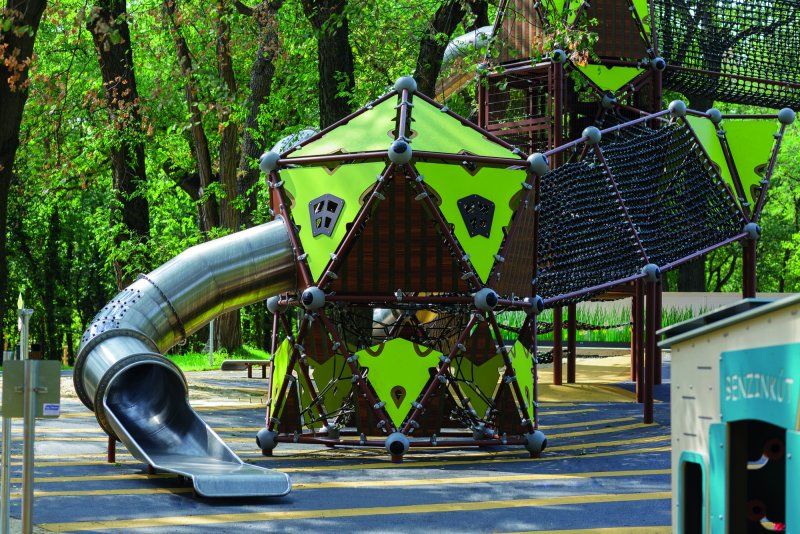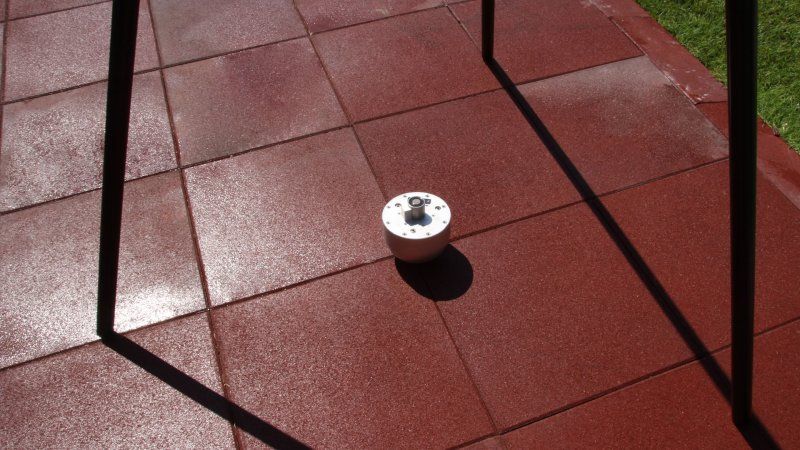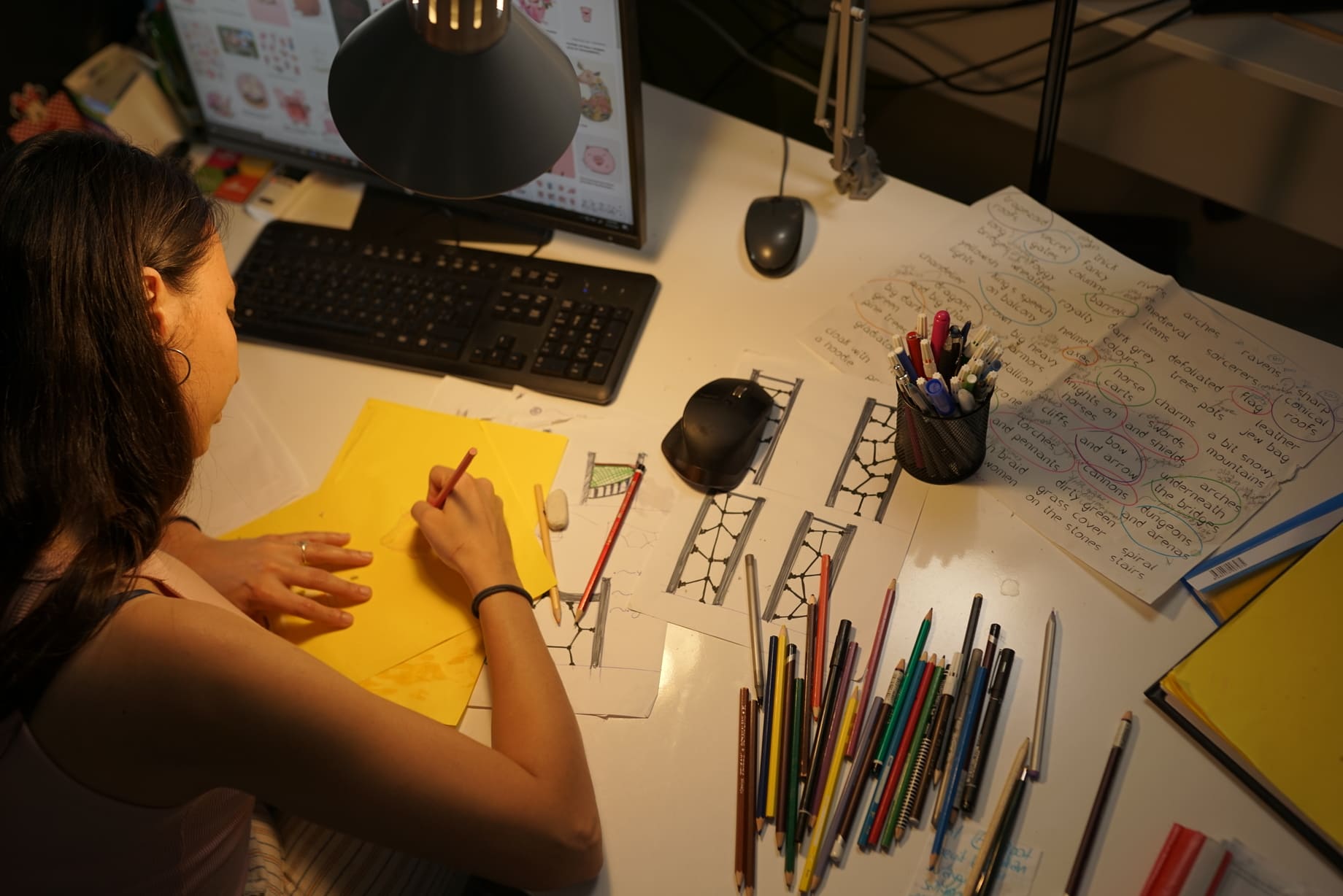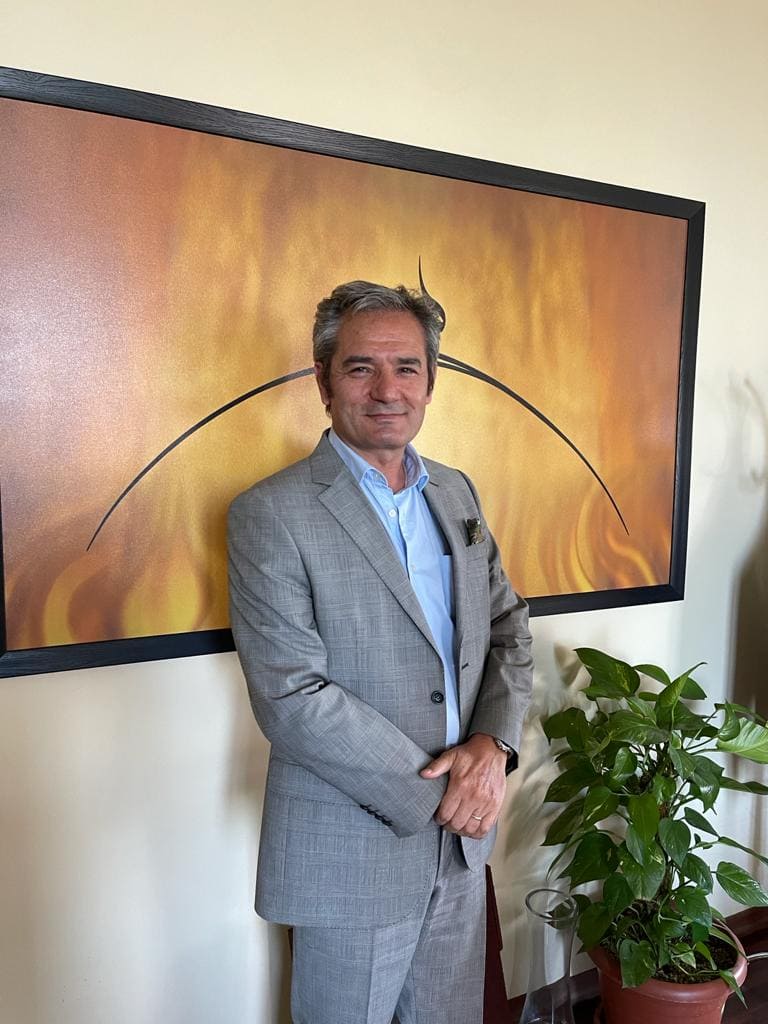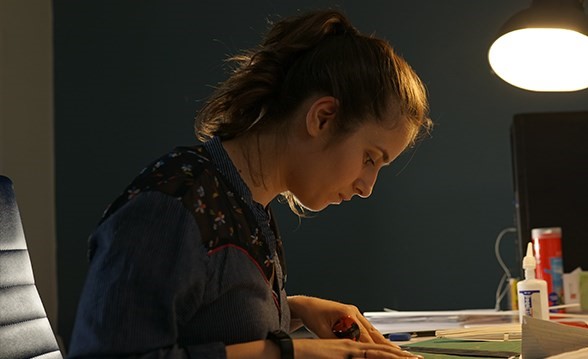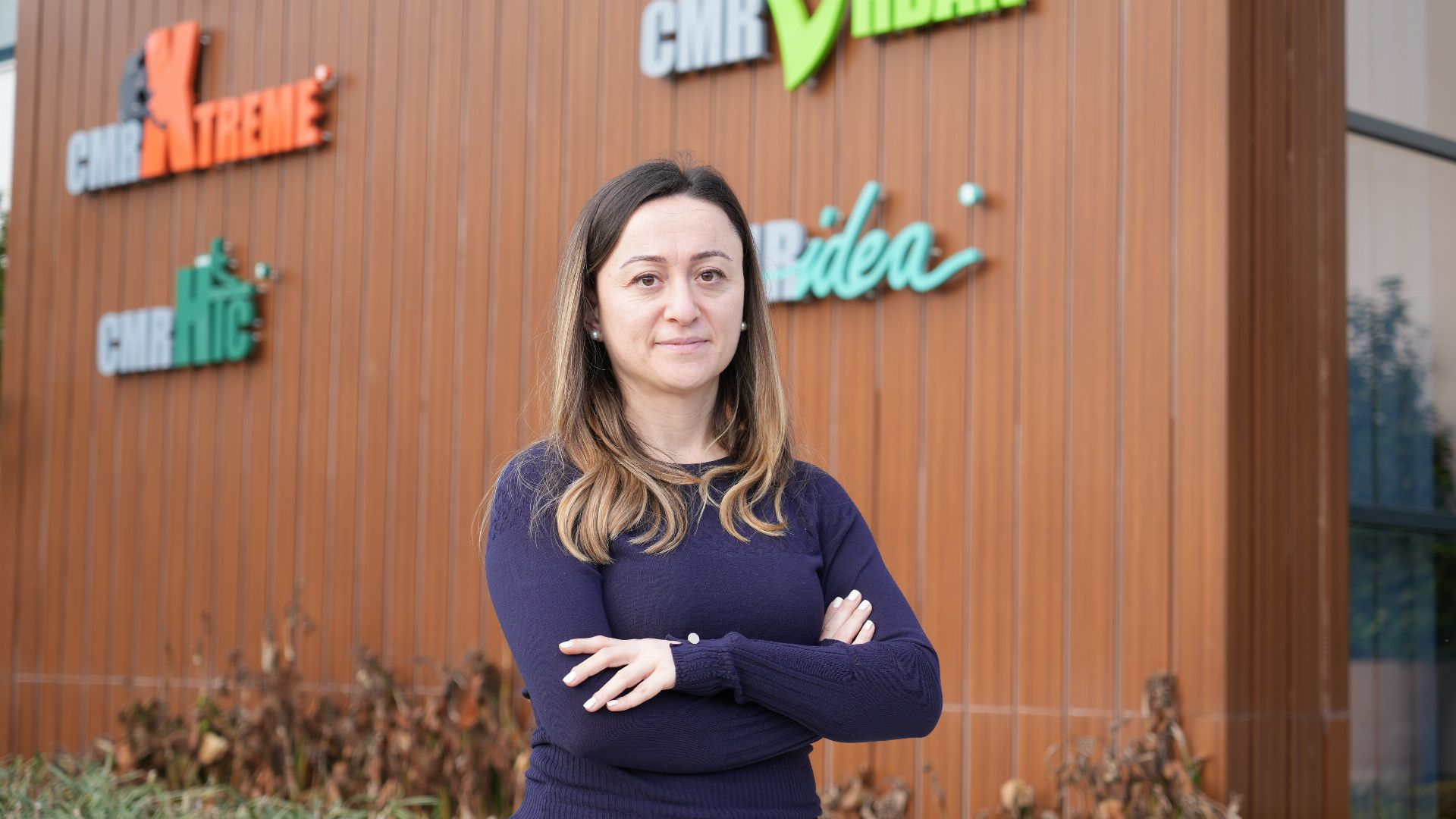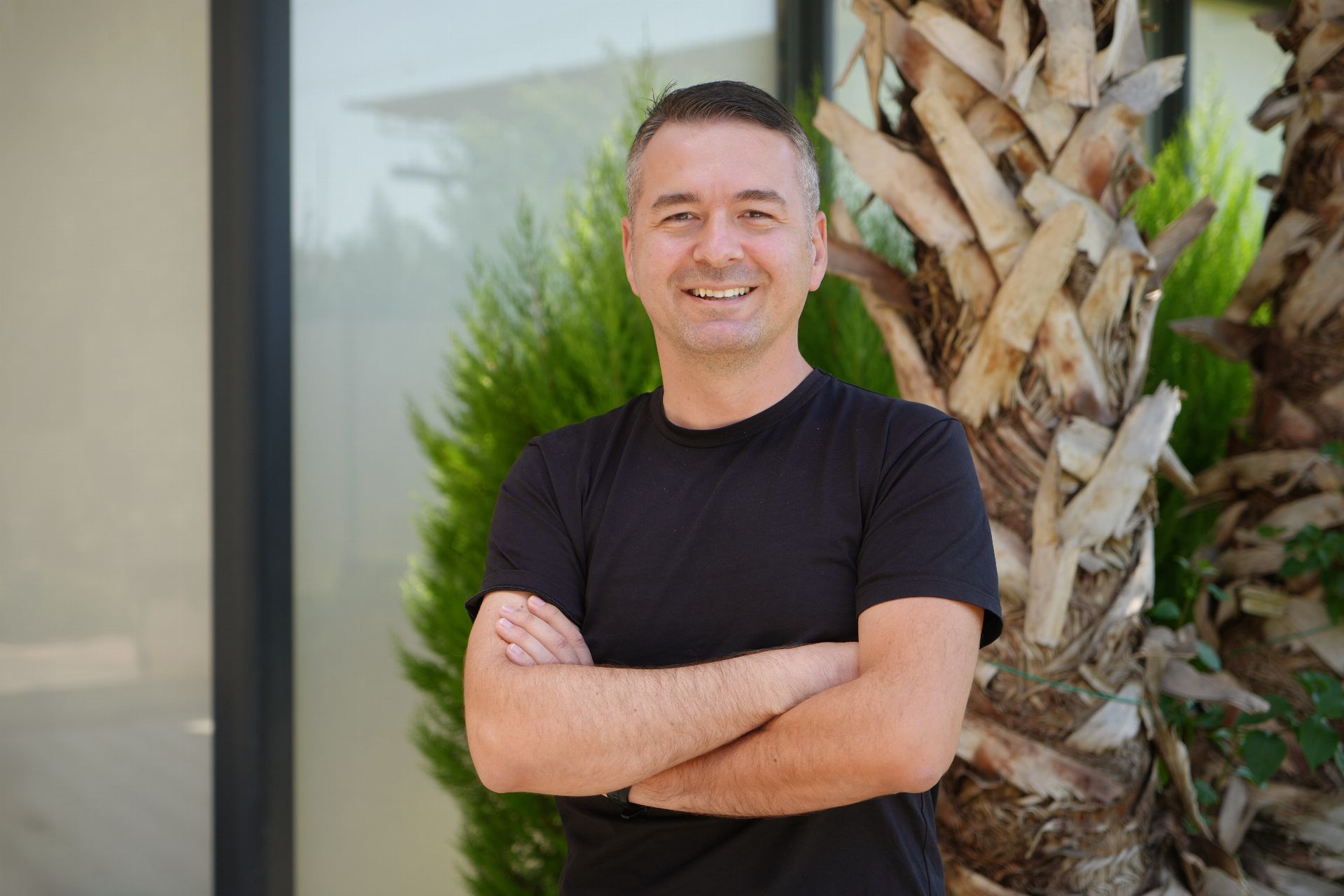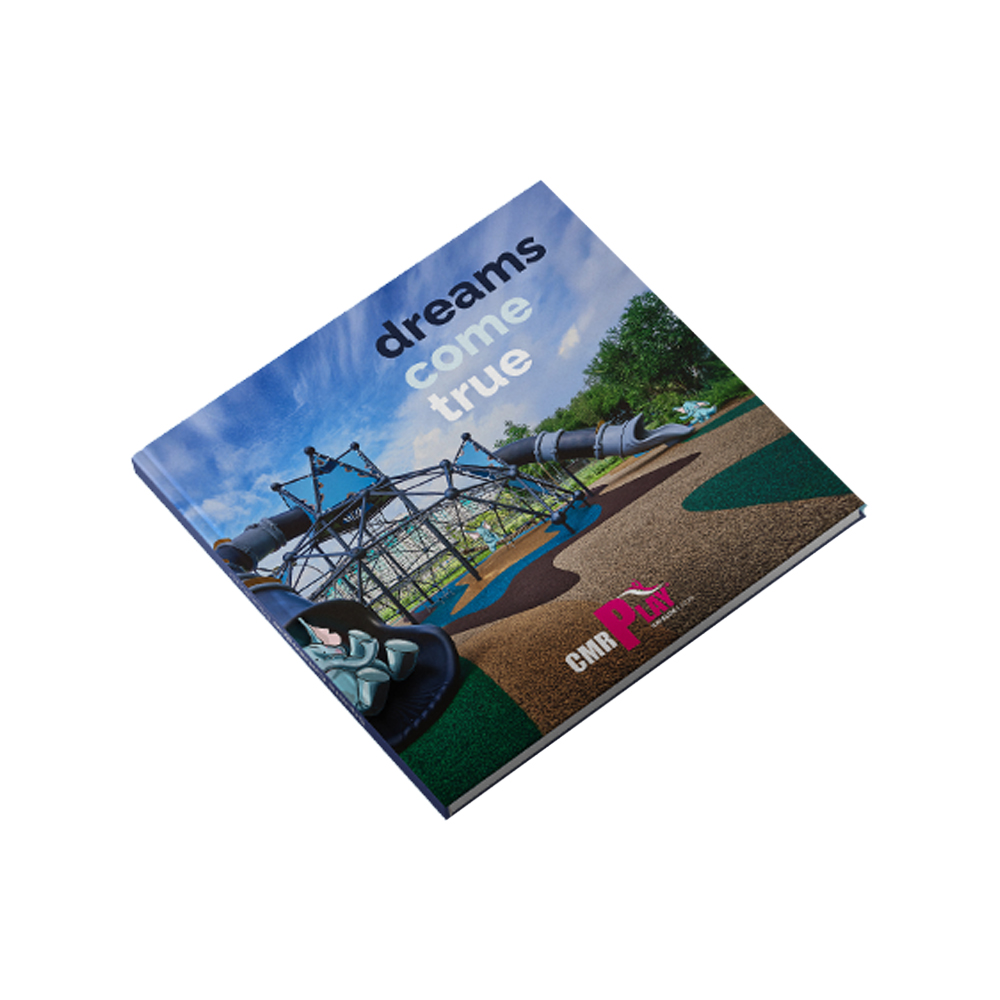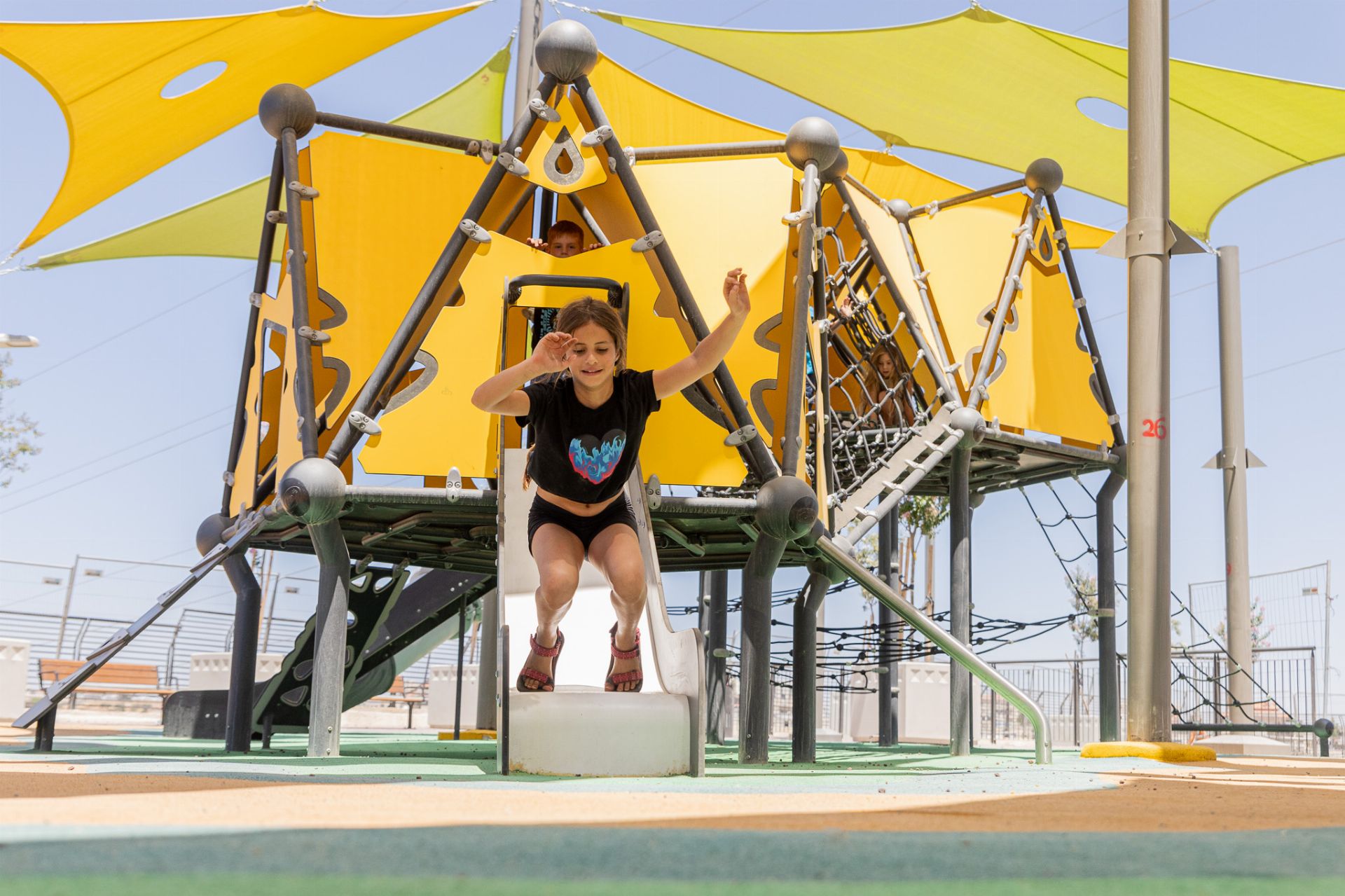
Growing Up with Play
Cognitive Development
Through play, children develop thinking, learning, and problem-solving skills. Symbolic and structured play activities support imagination and cognitive flexibility. Diverse and age-appropriate play environments contribute to critical thinking and even academic success.
In Cemer’s playgrounds, interactive modules that support cognitive skills are limited. However, play areas should go beyond entertainment to also promote cognitive development. Especially for children in the concrete operational stage, activities such as puzzles, matching, and sequencing are essential. Integrating more cognitive stimuli into products could enrich children’s learning experiences.
Physical Development
Physical development is strengthened through play that supports balance, coordination, muscle strength, and fine motor skills. Modules such as swings, climbing towers, and rope bridges enhance physical awareness and encourage safe risk-taking. In playgrounds, ergonomics, safety, accessibility, and shading are all crucial. Well-designed equipment supports healthy movement, while safe surfacing promotes longer playtime. However, many playgrounds still lack proper access for children with disabilities.
Cemer’s product portfolio predominantly features modules that support physical development. The CMR IDEA and CMR PLAY series include climbing towers, balance elements, rope crossings, and spiral slides that help children engage large muscle groups. These modules not only develop motor skills but also support spatial awareness, coordination, and movement capabilities.
Social Development
Social and emotional development enables children to recognize their emotions and build healthy relationships. Play is a natural space where empathy, confidence, decision-making, and sharing skills are cultivated. Circular seating areas, communal panels, and role-play zones enhance social interaction, while inclusive designs ensure participation for all children.
Although Cemer’s playgrounds include group-oriented modules like multi-user swings and see-saws, the limited number and uneven distribution of these elements may restrict peer interaction. The emphasis on individual play can increase the risk of social exclusion, especially for introverted children. While Cemer’s products have the potential to support social development, this potential can only be fully realized with more group play modules, role-play elements, and inclusive design features.
Sensory Development
Sensory development is the process through which children regulate their responses to environmental stimuli. Elements such as colorful panels, textured surfaces, sound panels, and water-sand stations stimulate the visual, auditory, tactile, and balance senses, encouraging exploration. However, excessive light, noise, and vibration can be overwhelming for some children. Flexible and inclusive areas designed with natural materials offer a healthy sensory experience for all children.
In Cemer’s playgrounds, modules that support the proprioceptive and vestibular systems stand out. Balance bridges, spiral stairs, and rope climbing structures enhance body awareness; while swings, rotating platforms, and slides support balance, attention, and learning. These structures help improve motor control and focus. However, elements that appeal to auditory and olfactory senses are limited. The lack of sound panels and natural scents makes it harder to create sensory connections. While multisensory environments are important, this holistic experience has not yet been fully achieved in Cemer’s products.
General Design Evaluation of Cemer Products
While modules that support physical development are widely available, interactive elements that promote cognitive development such as puzzle boards and color-number matching activities are limited. The lack of group play areas reduces social interaction and increases the risk of social exclusion, particularly for introverted children. Although modules supporting vestibular and proprioceptive systems are present, auditory and olfactory stimuli are insufficient. A truly multisensory design approach has not yet been fully implemented in Cemer’s product line.

